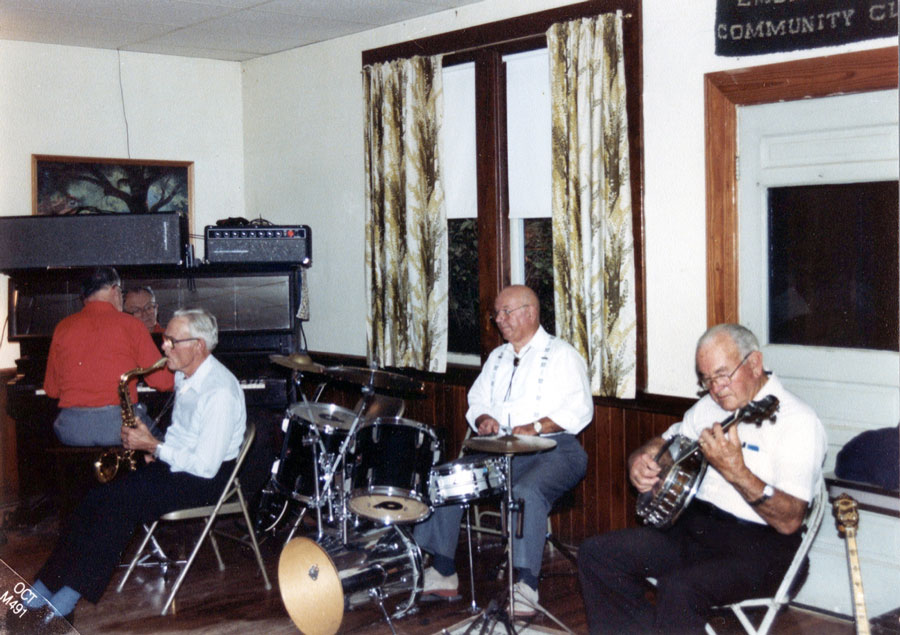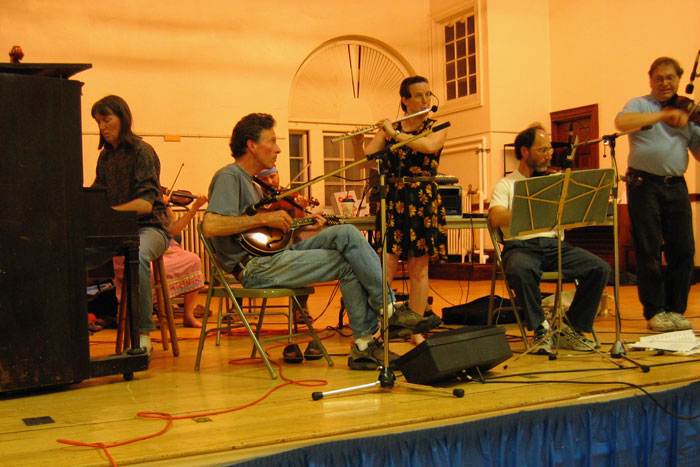In This Section
This section introduces the material for this website, and why I think it might be of interest. Many pages have tabbed sections; be sure to click on the tabs to see their contents. On a phone you may need to click on a tab header to get a menu of available tabs. Here's what's in this section.
- An Introduction to Traditional New England Music & Dancing (This Page). This page gives a fairly quick introduction to New England dancing, including contras and squares, and a look at the music and playing for a dance.
- Historical Look at Traditional New England Music & Dancing. This page looks at the dancing from a more historical perspective, from the prevalence of contradancing in New England to the increased popularity of squares in the middle part of the last century, to the contradance revival of the 1970s and the spread of contradancing to the rest of the country.
- Dancing to the Music. Here I discuss how the music is phrased, and how the dancing in New England is done to the phrasing of the music. Dancers often express confusion about the specifics of this topic, so I present some examples to help make the relationship between the music and the dance more clear.
- Social & Dance Interactions. Here I discuss some of the social and dance skills that in my opinion are useful for any dancer.
- Generational Changes at Dances. There was a big generational change when people my age started dancing in the 1970s, and another one has gone on more recently. I discuss some of the implications of such generational changes.
On This Page
Here's what you can expect to find in the tabs on this page. Be sure to click on the tabs to see their contents; on a phone you may have to click on a tab header to get a list of available tabs.
- The Dance Website. This tab: An introduction to the website.
- Website News. That should be self-explanatory.
- Website Overview. This box gives an overview of the different sections of website, with links to the Introductory page of each section. That page will have links to each page in the section.




